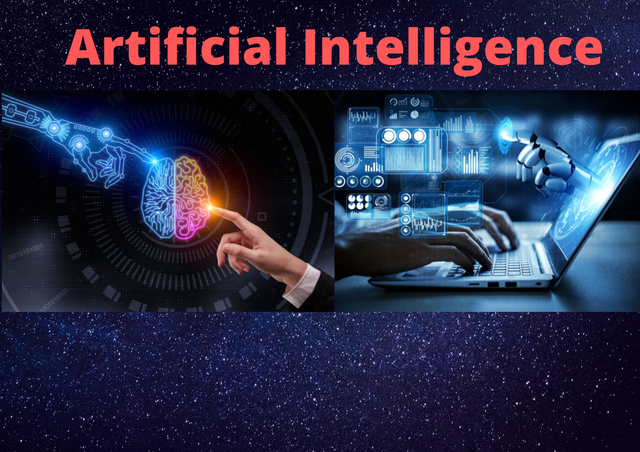We have come a long way from the time when we were all able to access only data through the use of tables and rows of paper spreadsheets to create simple algorithms which would run through the large amounts of information available on the web and find patterns in the data. The ability to program computers for decision making and reasoning has greatly improved over the last 50 years, but this ability is limited by the existence of a few key concepts such as; data, models, prediction, learning, testing, feedback, problem solving, and creativity. In order to successfully apply machine learning to your business, you need one or more of these concepts and their applications. As many businesses struggle with implementing Machine Learning strategies, there is still some confusion about how AI works. There are many reasons why it's important to be clear on what types of problems can benefit from using AI, but below Artificial Intelligence we'll discuss each specific aspect in detail
DATA
The first step to getting started with AI is understanding the definition of "data" in it’s most basic sense. This definition covers both structured (examples and features) as well as unstructured (text, video, audio, images, etc.). At its core you want to know whether an image, audio file, document, website, or anything else you encounter is valuable to us or not. When you Artificial Intelligence search Google Images, Google Photos, or even Google Trends, you are searching Google for data that is unique specifically to your content or topic. To further understand the difference between data that is valuable for someone who searches the words “dog” or “jaguar” (examples) versus data that is not (text), I would recommend reading these articles:
Read More....https://bit.ly/3iawfez
